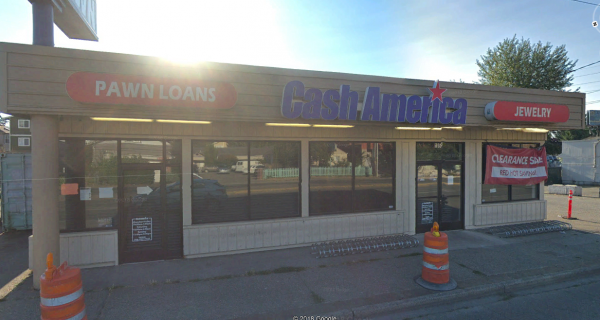A recent seminar conducted by the Chief Economist for First American Title, Mark Fleming, was enlightening for commercial real estate professionals and investors. If we are to make smart moves going forward, we need to step back and get perspective. The online seminar made an interesting point in respect to the uniqueness of the Covid Downturn. Historically the average recession, dating back as far as 1918, started the turnaround in employment eight to thirteen months from its commencement. Covid’s reversal was only two months. What is more significant is that historically 80% of layoffs are long term during a downturn and only 20% are temporary layoffs. The Covid Downturn is exactly the reverse with 80% being of short term in duration.
Another salient point for commercial real estate was “ Creative Destruction”, defined as: “Innovative entry by entrepreneurs is the descriptive force that sustains growth, even as it destroys the established from previous technological, organizational, regulatory, and economic paradigms.” This is clearly manifested in the growth of online shopping which took 10 years to grow to its 2019 level and essentially grew its market penetration by 60% since the start of the downturn. It gives no appearance of slowing that pattern of growth. This is clearly manifested in two segments of the real estate industry, close in industrial real estate and the demise of commercial shopping center real estate, particularly regional malls.
As a nation, since the 1950’s our productivity per person has more than doubled but labor has decreased by 50% with labor growth occurring in consumptive areas such as travel, shopping, leisure, personal services, and entertainment. These are exactly the industries in crisis and the huge basis of our unemployment. These are the renters who have sustained the growth in the multi-family industry while millennials who spurred growth in last decade, are now transitioning to family formations and single- family lifestyles, mostly sought in suburban areas. The remaining renters in the market are at lower economic levels and this is a potential issue going forward.
What does all this mean for commercial real estate? Locally we are impacted by a decade of inner-city urban growth with high rise offices centered in downtown Seattle and its supporting multi-family and services related growth. Hang on, it does look like there is change afoot.




